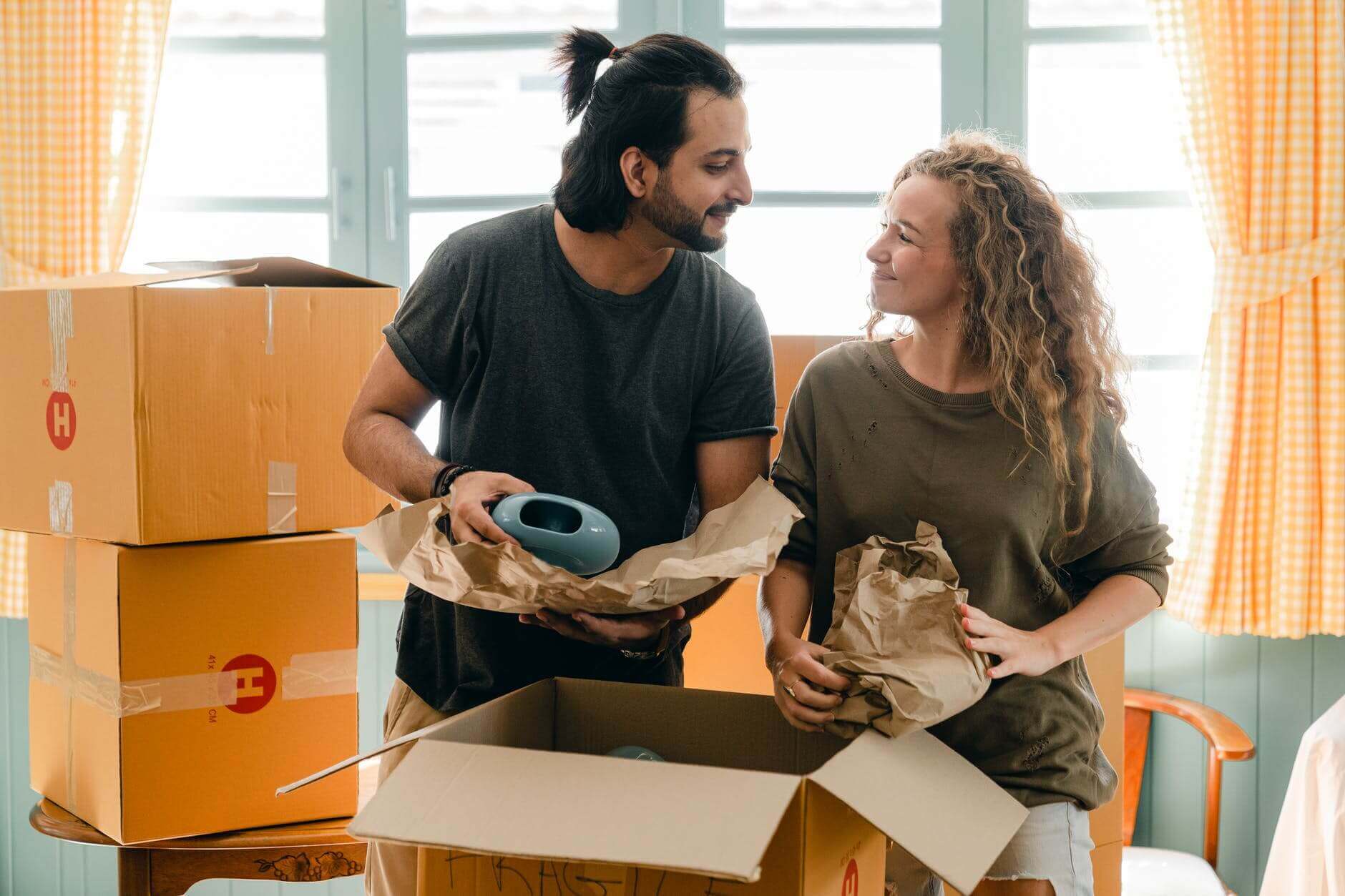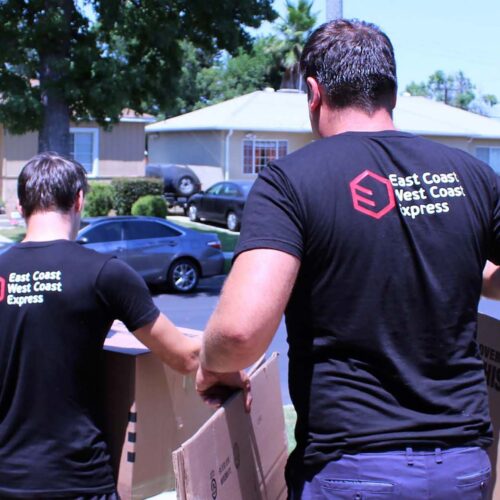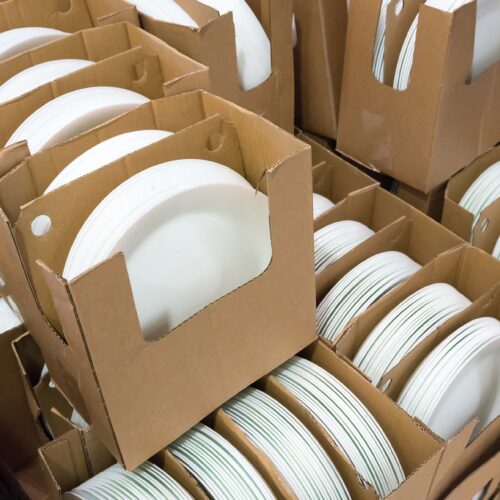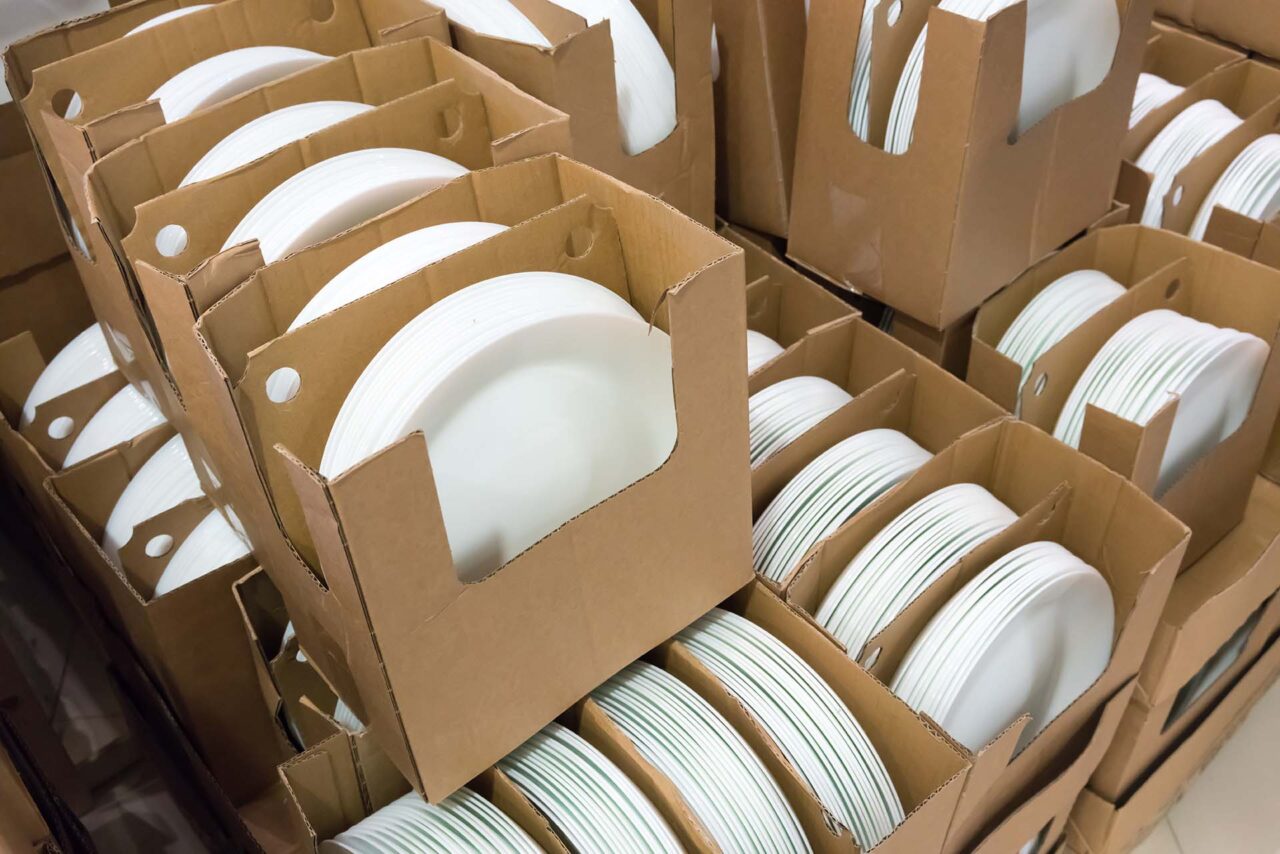

There are about 30 million US citizens who are relocating every year. Think about what that means for breakable kitchen utensils and how many of them don’t survive the road to their new home. We offer you a few handy tips about how to pack dishes for moving so you won’t be unpleasantly surprised after a move. Be sure to memorize our guide, and you won’t be forced to rely only on your luck.
Where to Start Packing When You Are Moving?
Because you will need most of the things until the last day, ensure that the kitchen is the last room you work with while preparing a move. On the other hand, be sure that you plan to spend a larger amount of time preparing and boxing up all of the breakable and delicate items if you don’t want help from professional packers. If you are relocating in a hurry, try to get some help from your family and friends. It would be good if you could:
- Create a packing list. It will help you get more organized. You should think about the logical order of storing your things. This action could reduce relocation stress
- Prepare supplies you will need for the task, and try to get them in the right amount, so you don’t have to rush to the store on the last day.
- Create a list of things you shouldn’t pack when relocating, things you don’t want to keep after a move. Kitchen utensils that you don’t need or don’t want anymore donate or throw away.
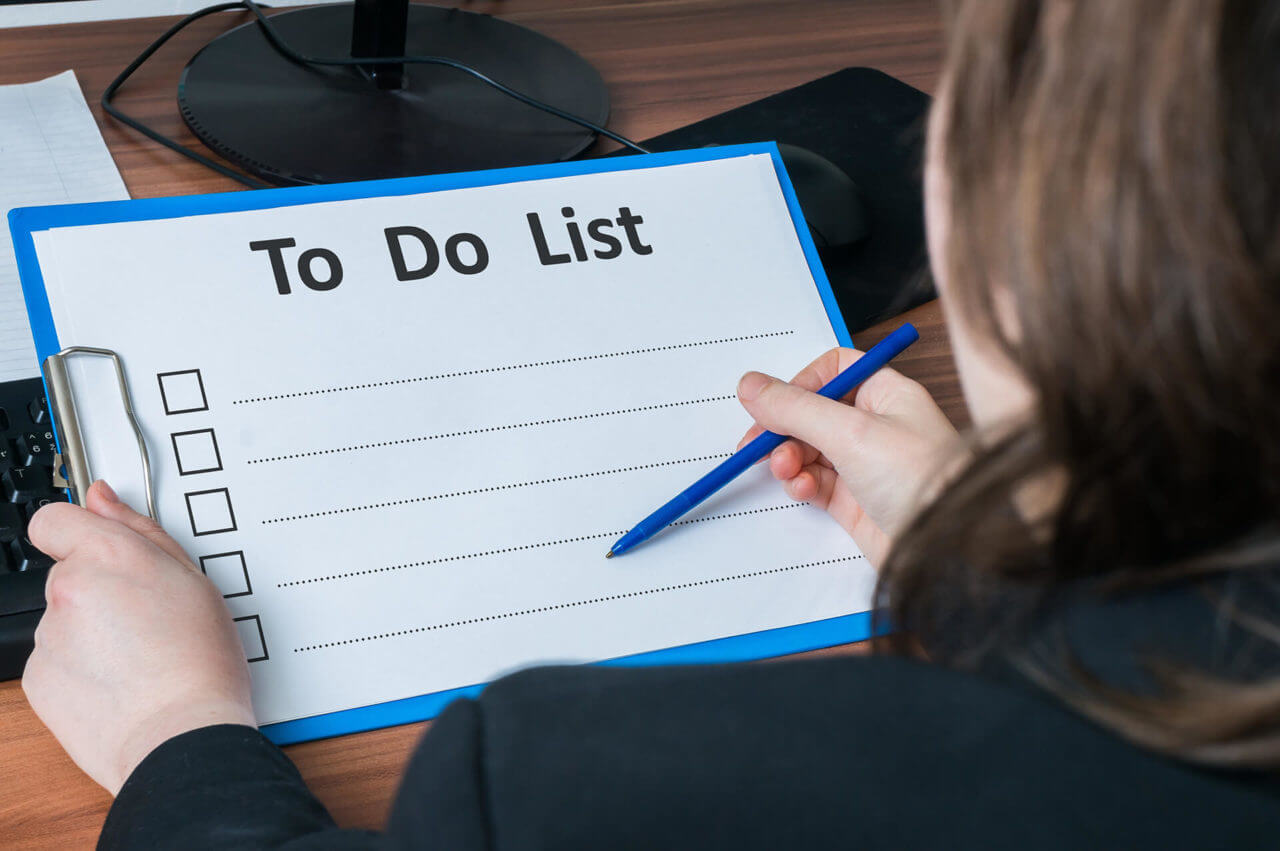 Different types of lists can help you be more efficient
Different types of lists can help you be more efficient
Wash and Sort Your Dishware to Prepare Them
The first step of your preparation should be washing and drying your utensils. After that, It would be good if you could divide kitchen utilities into several separate groups, according to their type and shape. That action will save you time when you start boxing them up. It will also be beneficial when the time comes that you need to arrange them into a carton.
 Make it easy for yourself: sort your dishware before boxing them up
Make it easy for yourself: sort your dishware before boxing them up
How to Pack Dishes for Moving: Choosing Right Materials
The selection of relocation supplies that are the most suitable for boxing up your dishware can depend on several factors such as the level of protection that certain materials give, the price, or the impact they could have on the environment, etc. Supplies you will need are:
- Boxes,
- Wrapping materials,
- Tape,
- Markers.
How to Pick the Right Type of Box?
You can research more about how to be creative and find supplies at your own home, or you could search and find some cheap relocation supplies. For example, you can always try with pre-owned cartons, which is the most affordable option, or you can choose new but basic ones. For cost-free supplies, be sure to visit networks such as Freecycle, where people offer used relocation supplies for free.
Still, if you are ready to spend more money on materials, it is more likely for your possessions to survive the relocation in one piece. It would be better if you could buy dish boxes specifically designed for a particular type of breakable kitchen utensils. Also, you can always decide to purchase dish barrels, which can be very helpful by separating breakables from one another with a thicker material. If you think that it is a necessity, consider double-boxing as one more way of protection. Try to explore specific supplies and methods for boxing up fragile dishware.
Using the Tape Gun and Labeling Cartons
Be sure to secure the bottom of the box as well as its corners. If you can, use a tape gun to make the process easier. After the move, if you decide you need it, you can search for various tips on removing duct tape residue. Be sure to properly label each box you have packed (“Fragile” and “This Side Up”) so that long-distance movers know that they need to be more careful with them.
When choosing between cross-country moving services, try to find out if their previous customers had problems with broken dishware so that you can avoid working with that team. Note that for a successful move, you need to choose an excellent relocation service. Also, be sure that according to your possibilities, you don’t forget to tip movers for the job well done.
How Do You Wrap Dishes for Packing?
The next step is to determine what kind of wrapping you want. The common wrapping material for packing is newspaper, but you can also choose packing paper. If you decide to work with newspapers, be sure that you clean all of your utensils after relocation because the ink can leave black marks on them.
On the other hand, if you are wondering about how do you pack dishes for moving without paper, you can always choose things you already have at home (clothes, pillowcases, towels).
You can consider bubble wrap, which is very effective, or styrofoam, for that matter, but always have on your mind that both options are not so eco-friendly as paper or clothes.
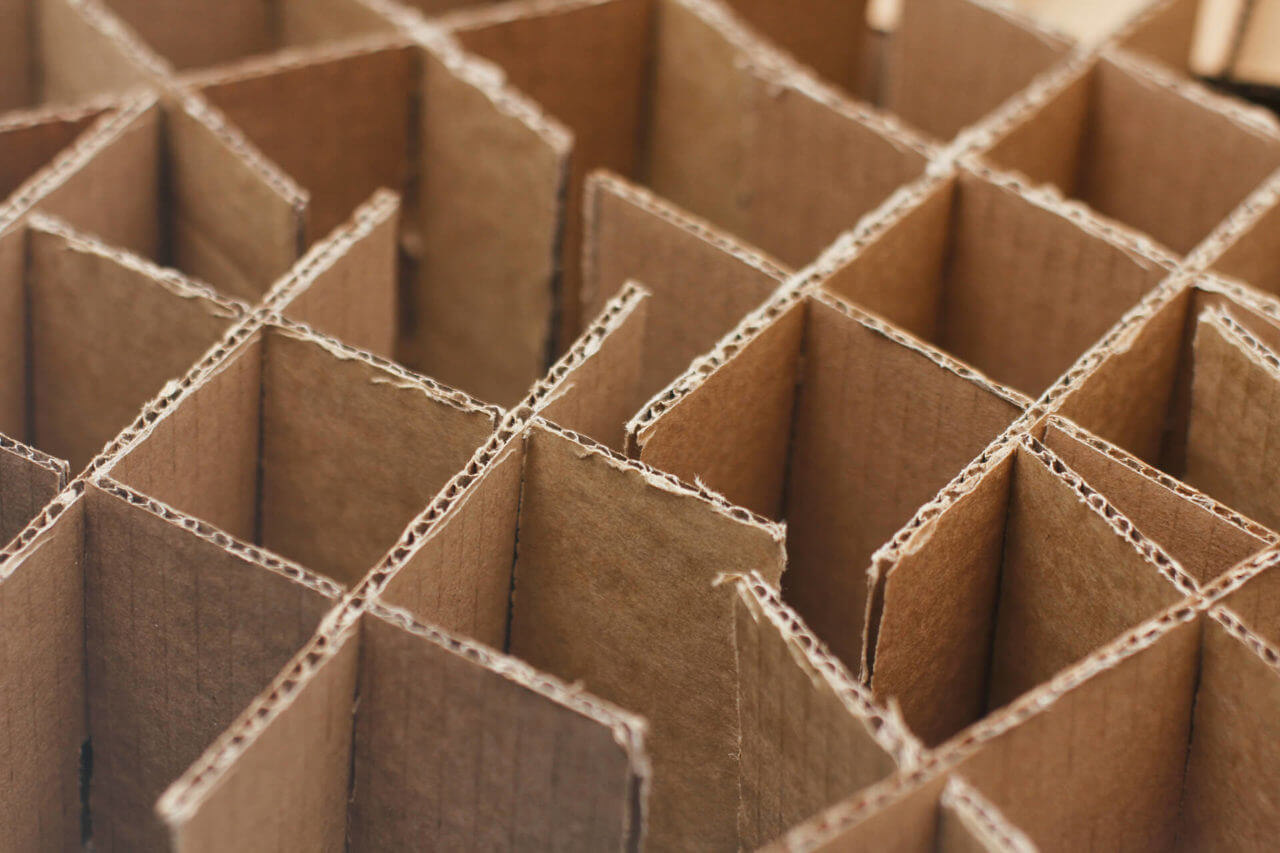 Dish barrels can be very helpful at preserving your dishware
Dish barrels can be very helpful at preserving your dishware
Plates, Glasses, China: How to Pack Dishes for a Move According to Their Type
When preparing these highly breakable objects, you should consider their type, size, and shape before packing and sort them, as we indicated earlier. You should do it in order to realize which will be the smartest way of wrapping them and boxing them up. Here are some suggestions.
Start From Bowls and Plates
This type of dishware is the easiest one you will be boxing up. Note that it will probably be the heaviest set of kitchen utensils you have, so you need to store them first and then add some others, lighter ones on top of them. You can try wrapping more than one bowl or plate together, but it is always better to enwrap them individually so they don’t damage each other.
Place a bowl or a plate in the middle of the paper (or other material of your choosing) and then cover it in a way that different ends meet one another. Repeat the process with the plate, or the bowl turned upside down. When you are finished with covering them, put each piece in the box, so they are stacked vertically – it is more common for items to break if placed horizontally.
Tips on Packing Mugs and Glasses for Everyday Use
Mugs and glasses are a bit more complex than bowls and plates. First, be sure to place some material inside of those utensils. Then, put a mug or a glass at one end of your chosen wrapping material and wrap the item until the middle of the paper. Afterward, be sure to secure every handle, stem, or foot, so they are nicely tucked in. You don’t want to forget this part because handles are the most vulnerable part of a dish. In the end, cover the object with the rest of the paper. You can also try wrapping those utensils with some clothing material, such as socks.
The Final Step: Stemware and China – Challenge Your Packing and Moving Skills
Those would be the most delicate utensils you possess, and you need to be very careful with wrapping them and boxing them up. Essentially, you can use the same method of wrapping mentioned in the previous section, just be sure to put more material around each item.
If you are relocating kitchen utensils with an extreme value, always be sure that they are included in your household inventory list. Be more attentive with parts that are sticking out (such as handles). You want to put extra attention on them so they don’t pierce wrapping material. On our site, you can find more professional tips on relocating fragile items, including more information for boxing up your china and stemware sets.
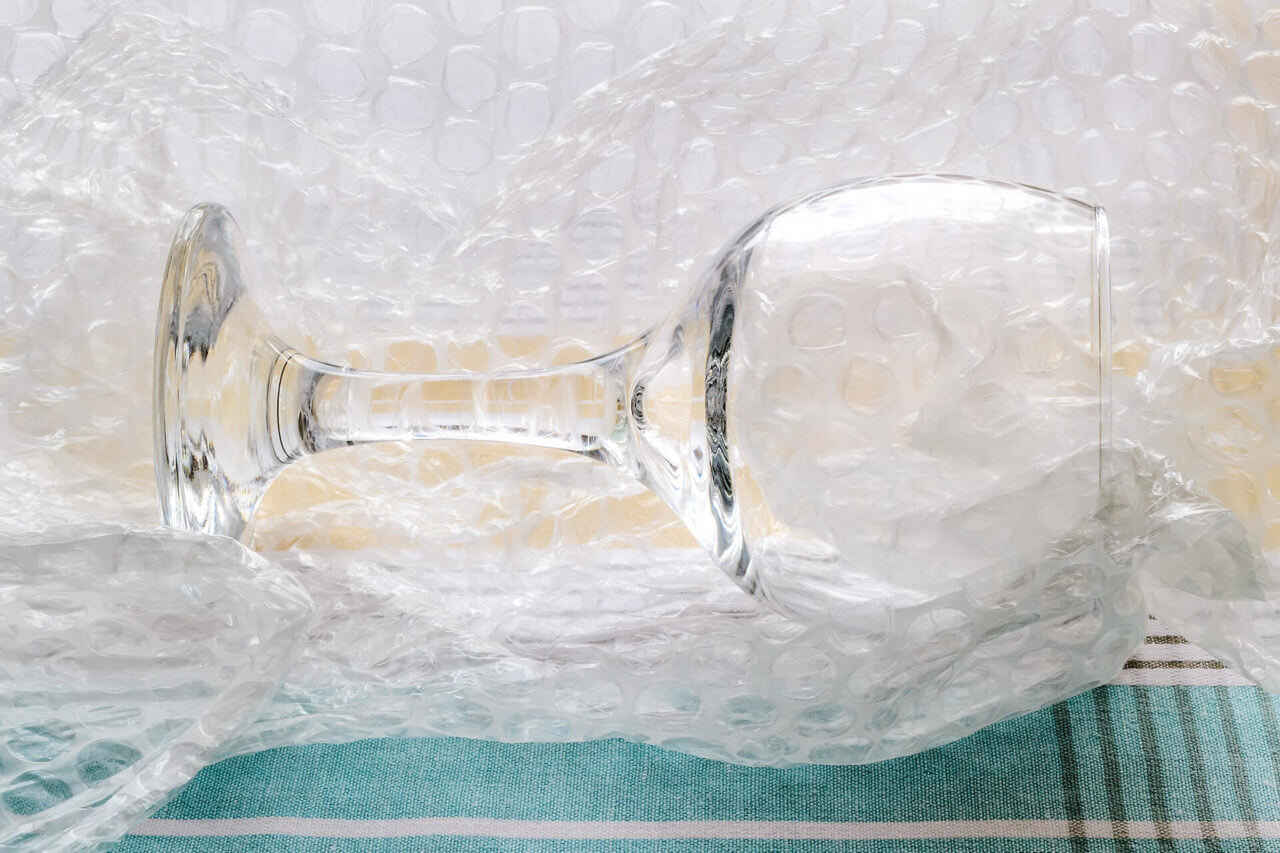 Objects of extreme value handle with extreme care
Objects of extreme value handle with extreme care
More General Tips on How to Pack Dishes for Shipping
We have several more words of wisdom when it comes to packing dishes for moving. First of all, put some padding at the bottom and four different sides of a carton. Then, when you put in your wrapped-up articles, leave a little bit of space at the top so that you can place some more material over your utensils. Try to arrange objects the best way you can, according to their size and type. Be sure that the objects don’t move at all. If it is impossible, ensure that they move as little as they can.
Don’t try to save up money by not using enough supplies. The damage and the cost will be much more significant in the case of the breakage. You can always feel with your fingers if some edge or any other part of an object is not covered up completely. When organizing to move, you also need to have in mind that you’ll have to unpack after relocating – you will need your basic kitchen utensils as soon as you move in. That is the reason you should consider them as a part of your relocation essentials. If you are still not sure if you will be able to do this in the right way, watch the following video:
What About Other Kitchen Utensils?
In the new home, you will need other kitchen utensils, like pots, pans, silverware, etc. Of course, they will not break during a move, but they could be severely damaged, especially if you choose a long-distance moving company that doesn’t care about your possessions. When it comes to boxing up silverware or just regular cutlery, be sure to store every item individually, and then after that, you can wrap them once again, but together. If you are boxing up pots and pans, on the other hand, it’s only natural to put one inside of another, according to their size. Make sure to enwrap each object before putting them together.
Hire Experts if You Don’t Want to Torture Yourself
Of course, if you don’t want to waste your time preparing and boxing up your utensils, you can always choose an easy way out and invest in professional long-distance moving services. This option is also the better one if you are organizing a last-minute move. Find out which companies define themselves as “east coast movers” or “west coast movers,” and then do profound research – read reviews and recommendations, try to contact their previous customers so that you can choose the right one. The more good reviews you find about cross-country movers, the greater possibility is that their service is on a high level.
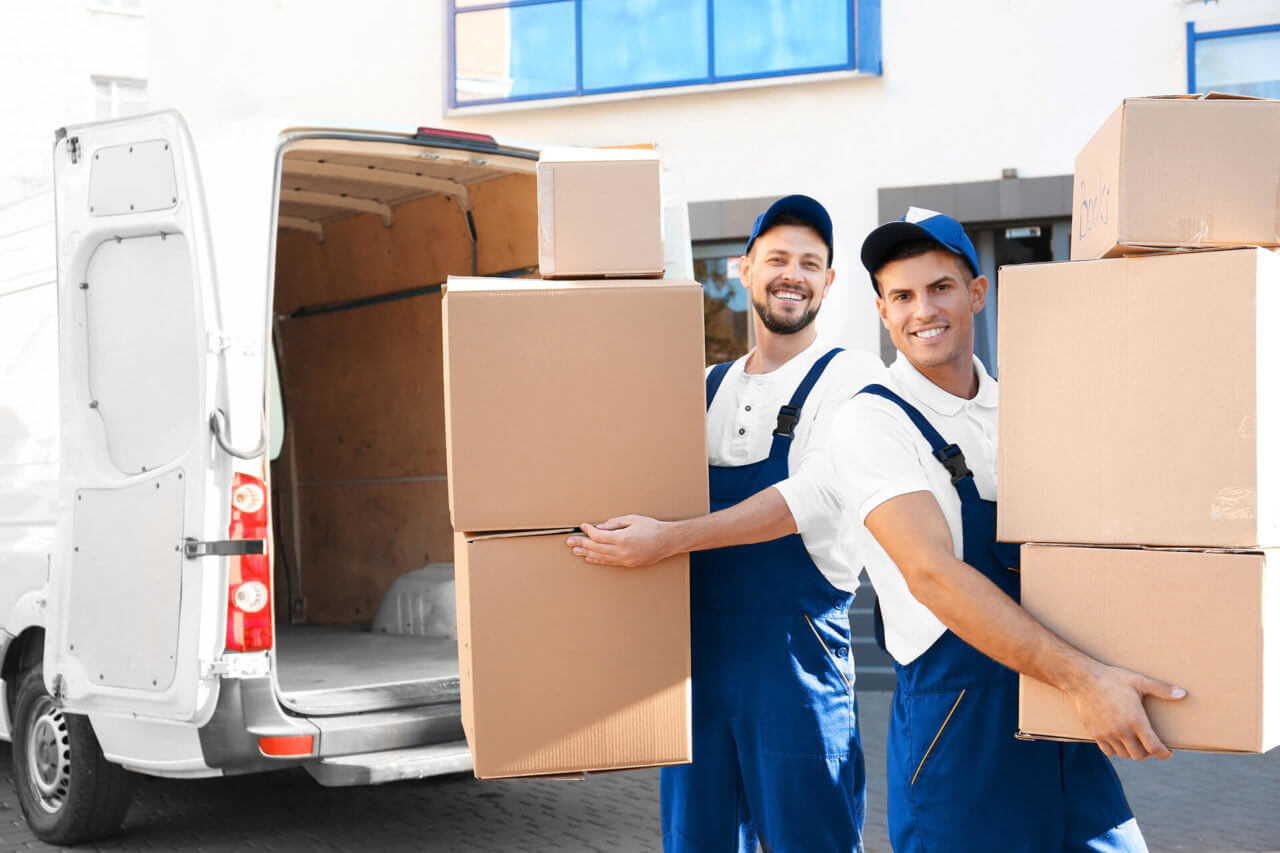 Professional packers can help you with boxing up your dishware
Professional packers can help you with boxing up your dishware
Reduce the Unwanted Relocation Stress
We gave you a detailed guide on the best way to pack dishes for moving, from choosing supplies to wrapping everything up. These relocation hacks will ensure you have a stress-free relocation. After learning how to pack dishes when moving and hopefully a successful move, all you will be left to do is enjoy your new housing as much as you can.


